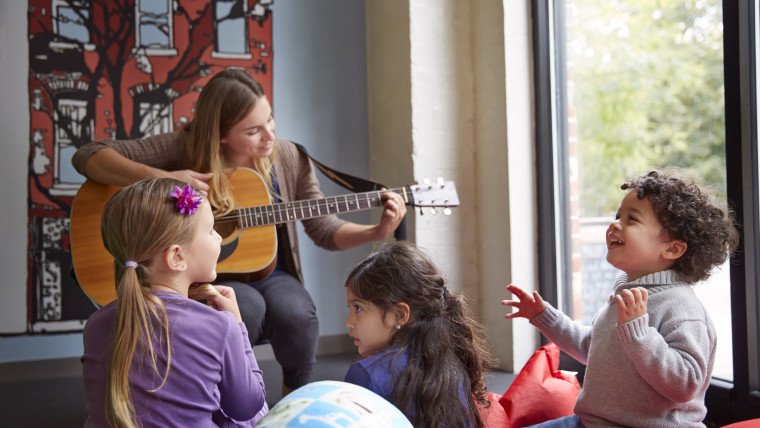Part 2 of this Behavior Mastery series shows HOW a teacher can give instructions to a child with auditory and visual cues, rather than relying on direct instruction. Wouldn’t it be great if you could tell someone to do something and they just did it? This can be achieved by understanding how the brain works and how to get around its automatic responses that don’t benefit us in a classroom. The trick is simple when you know that the brain is naturally oppositional. When I say up, you say? If you are like 99% of people, you said down. Why?
No, you don’t have Oppositional Defiant Disorder – you’re just a human. I’ll give you another example: You entered a grocery store you have never visited before and you are looking for some butter. You are in a hurry and don’t want to waste any time. You logically go where you think the butter would be, but it’s not. As you walk around the store an employee asks if you need any help and you say no. You think you got this, but it only ends up becoming a frustrating experience because after having a second look the butter was actually where you looked the first time. Why didn’t you say yes to the employee? It would have saved you time and you would have had a much more positive experience.
How Pre-Frames Work
Pre-frames were designed to work against the oppositional brain and to give instruction without a command. When the child’s brain hears a command it creates tension as they don’t like to be told what to do. This is especially important when the behavior is a negative one. Calling attention to a negative behavior will not only get the child to become oppositional but now you have reinforced to the child, that behavior will get them attention.
How to do a pre-frame?
The purpose of preframing is to use words, tone of voice, and head movements as
tools to promote positive behavior. A preframe gives a straight hint on what is
requested by the teacher AND it sets up the child for a high five and more positive
reinforcement.
Preframe-1: Head Movement (Visual)
“Do I want you to stand on the chair (Shake head) or sit on the chair?” (Nod head)
Just as children respond to changes in auditory tones, many children respond to visual cues as well. Again, you are offering the child a choice, but letting them know which is the outcome that you are seeking based on your body language.
Preframe-2 :I like the way…….
“I like the way you are sitting on the floor. *high five*
This is a commonly used technique in early childhood classrooms. By focusing positive reinforcement and attention on desired behaviors, you are setting an incentive for all children to comply with the expectations.
Preframe-3: Say the wrong answer, raise voice-right answer (Auditory)
State the incorrect behavior in a normal voice:“Do I want you to stand on the chair (state the correct behavior in a raised or exaggerated voice) or SIT ON THE CHAIR?”
It is important for children to feel as if they have a choice in controlling their own behavior. By stating information for them in this manner, you are allowing the child to feel as if they are able to choose, but your voice tone is letting them know which of the two is the outcome that you are seeking.
Preframe-4: Say,Repeat, and Insert “what”
“I want you to sit on the chair.” Repeat the desired behavior in the exact same way: “I want you to sit on the WHAT?.”
By having the child repeat the expectation back to you, he/she is acknowledging that they understood your direction. Now acknowledge them with a positive reinforcer. Good luck!


